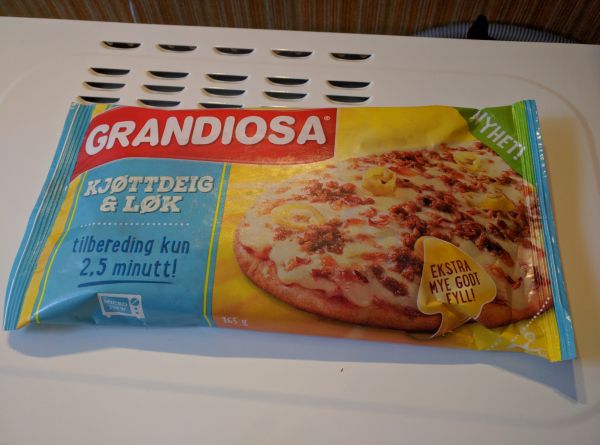
No need to shout, the Dragon understands my Nordic dialect right away!
Over the years, I have made a habit of reviewing the various versions of Dragon NaturallySpeaking. Lately, Nuance has stopped using the phrase NaturallySpeaking in most contexts, but it is still the same product, and it is now up to version 15.
As the software has become more expensive again, and as it is already good enough for my limited use, I have started skipping some versions. Dragon version 13 was already good enough that I did not really expect it to get any better. Impressively, Dragon version 15 is actually noticeably better right out of the box.
Dragon version 15 uses a new “deep learning” technology similar to what is used in the most successful artificial intelligence projects. Dragon has always (or at least for as long as I have used it) had the ability to improve based on feedback from the user, as well as adapt its vocabulary and writing style by reading through documents. While these options still exist, there is less focus on them now as Dragon quietly adjusts in the background during everyday use.
Dragon has also clearly had some opportunity to acquaint itself with human speech in general before shipping to the customer: The product is amazingly accurate right out of the box. Longtime readers (if any) may remember that I compared some of the early versions to homesick exchange students from other continents. That time is long gone. Dragon version 15 understands even my “Skyrim” pronunciation of English (I grew up in Norway in the 1960s, where even the English teachers has rarely if ever been to England, let alone America or Australia.)
There is one problem that has dogged this software from the start, and it still remains, even if just barely. When we speak, we don’t actually pronounce periods at the end of the sentence; rather, we slightly change the tone of our pronunciation toward the end, typically speaking less forcefully. Conversely, we don’t actually pronounce a capital character at the beginning of a sentence; instead, we pronounce the first sound slightly differently from the rest. Ideally, speech recognition software might be able to use this to take dictation without requiring us to specify punctuation. Dragon NaturallySpeaking used to have this functionality, but I gave up on it pretty quickly. What actually happens is that even when I dictate punctuation, there is a slight increase in mistakes at the very beginning and end of the sentences. This is especially true if I don’t pronounce some form of punctuation at the end of my string of words, for instance because I run out of breath during a long sentence. I have to say, however, that this problem has been almost eradicated in the latest version of Dragon.
To me, recognition accuracy is by far the most important part of any speech recognition engine. But Dragon 15 has also some other features in addition to the improved accuracy. It has better support for various modern software, and it allows voice activated macros. (I believe this feature was also in version 13, but I did not use it then and I don’t use it now. In any case, functions like “insert signature” should be part of your email software, rather than your speech recognition software.) Also, the big unnecessarily helpful sidebar with examples no longer starts up by default. It used to do, and is also used to permanently displace any windows that happened to be in its way.
As usual, I am including a paragraph where I don’t in any way correct this transcription. This is that paragraph. (It may not be obvious to the reader, but that should be “the transcription” in the first line above.) Dragon used to be available in a few languages besides English; I am pretty sure I saw touch at some point, and Japanese? I can’t find any trace of that now, but I will admit that I have not looked very carefully.
Not too bad, huh? That should of course not be “touch” in the previous paragraph, but rather Dutch, the language in the Netherlands. (It actually got it right this time without correction. Go figure.)

